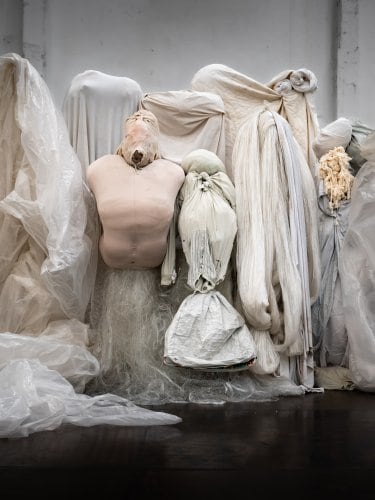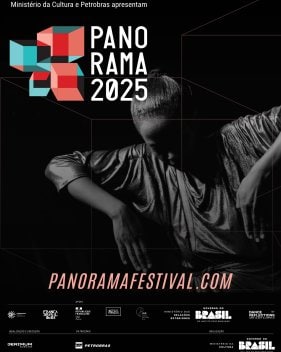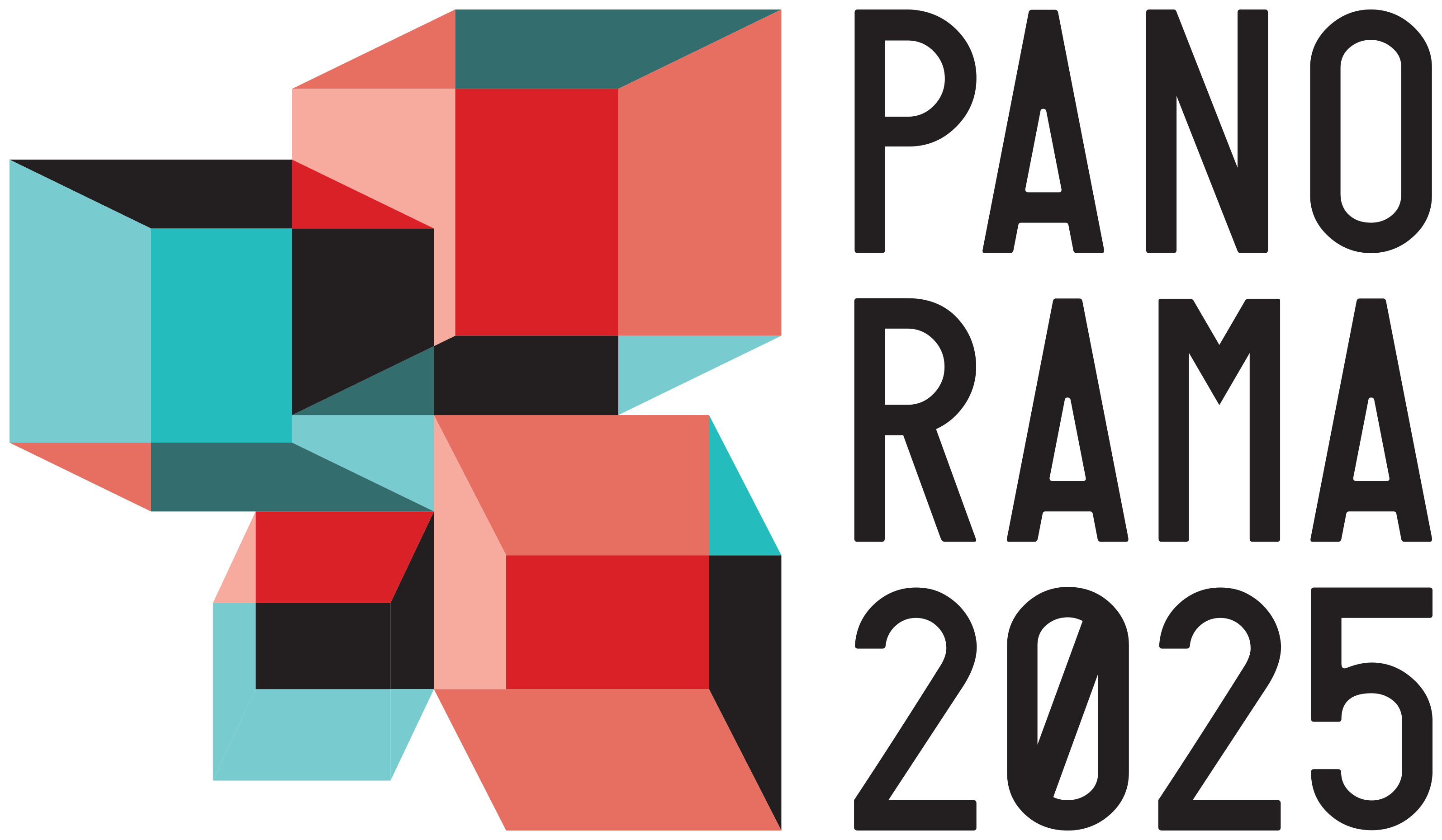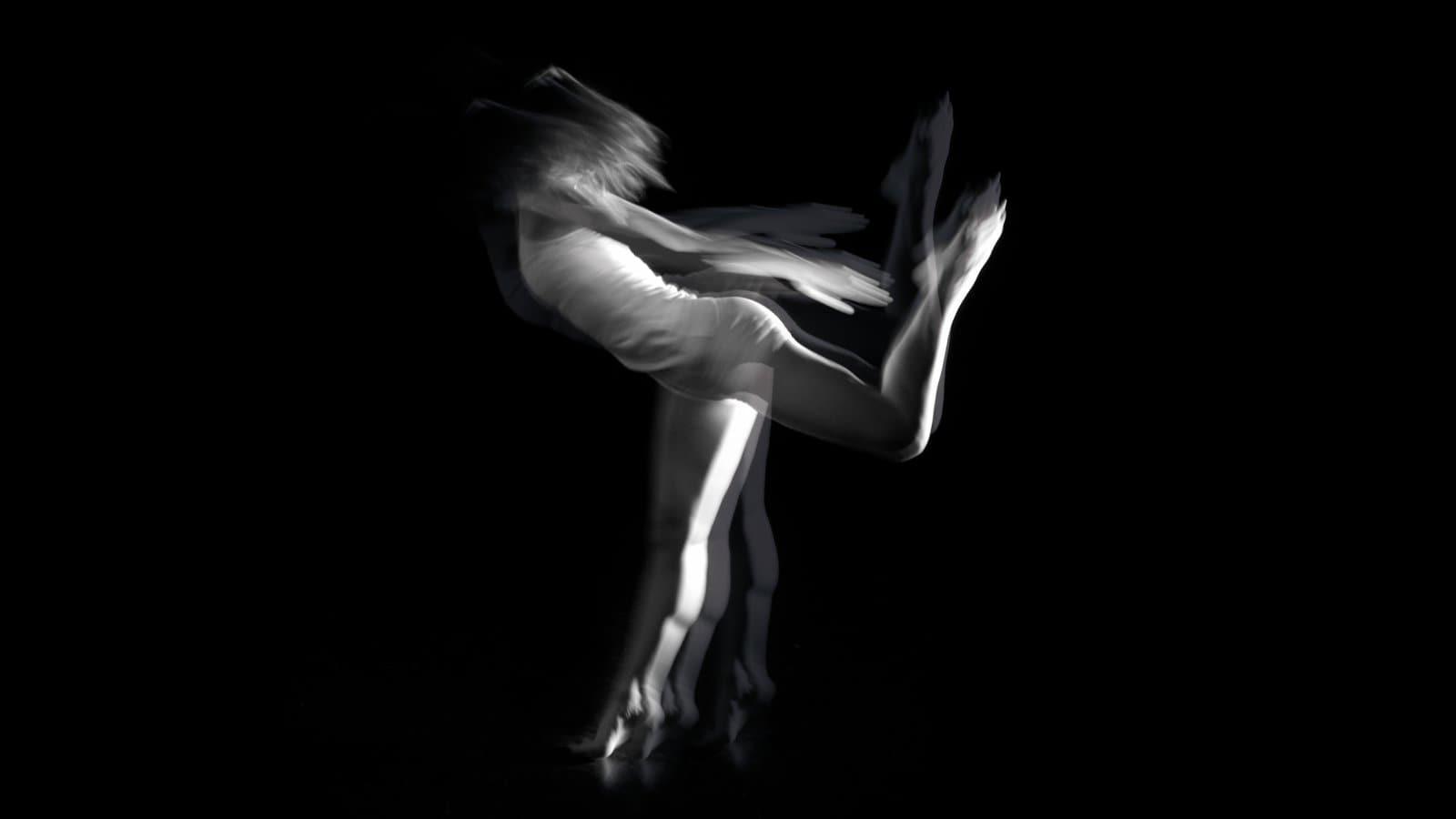Borda
Lia Rodrigues

In 2025, Dance Reflections by Van Cleef & Arpels is supporting the Biennale de la danse de Lyon, la Bâtie-Festival de Genève and the Panorama Festival for the presentation of Borda by Lia Rodrigues.
In Portuguese, "borda" comes from the verb "bordar," to embroider, meaning to enrich, decorate, enhance, design. It is also closely related to the word for border, that which separates. There are geographical and political borders, sometimes represented by walls, barbed wire, fences. Sometimes, they presuppose a hierarchy. Sometimes oppositional spaces are created: hospitality and hostility, freedom and domination, what is said to be native and what is said to be foreign, inferior and superior.
Borders can demarcate groups and individuals, humans and non-humans. Who can cross? Who can stay? Who will be left behind? Who belongs and who doesn't? Who has the right to exist?
Territories can also be demarcated by imaginary frontiers, like a transitory space for those arriving, those leaving, and those who linger. They can also be represented by specific cultural identities, smells, sounds and rituals liked to languages.
Figuratively, the word "borda" can also mean to imagine, to fantasize. Imagination intensifies dreams, fables, mirages, creation, and gives us the ability to cross borders.
How can we create from within an intertwined reality? How can we carry with us the terrain of our visions, our desires, our memories, our futures? Perhaps by patiently weaving together a porous place of fluid otherness, an embroidery where margins move, float and dance.



